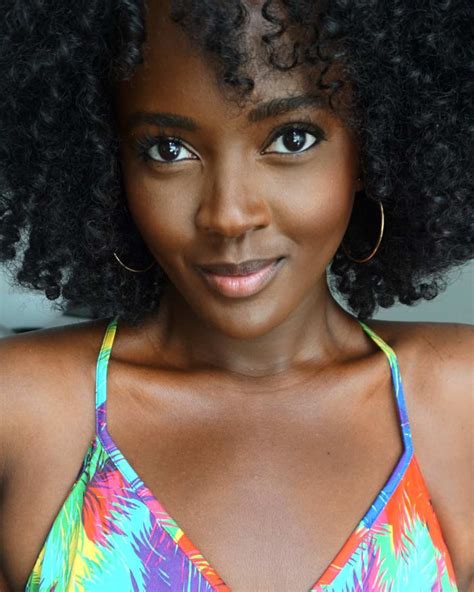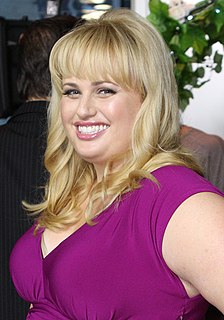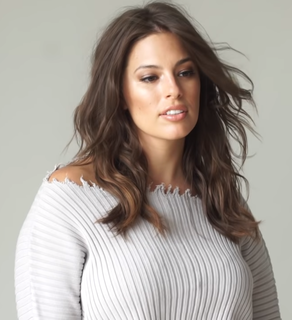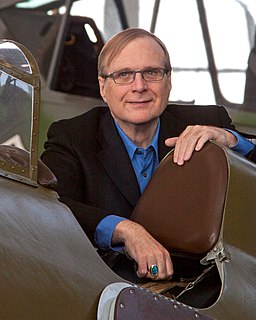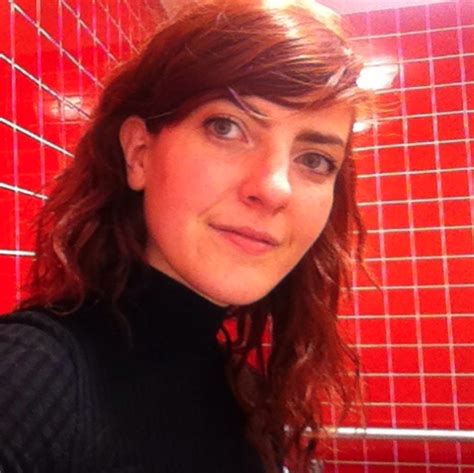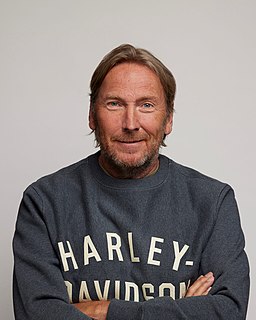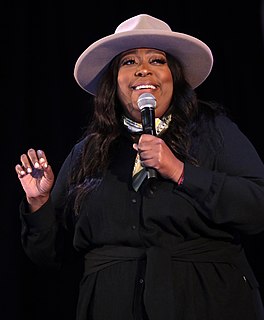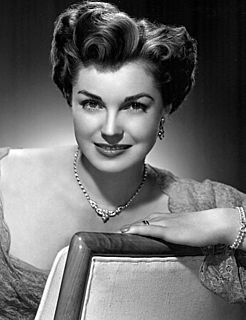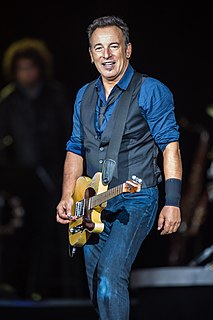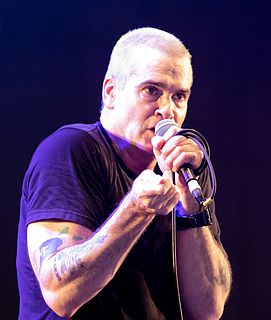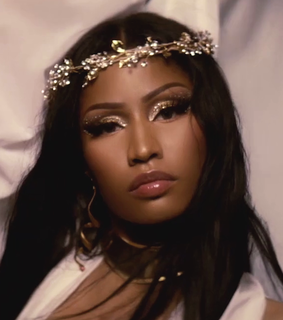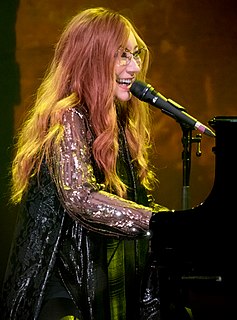A Quote by Alexa Ray Joel
I'm 5'3'', and not often you get to see that in a magazine. I think that what is so cool about 'Sports Illustrated' is it's all different body shapes, all difference sizes. You have actresses, sports figures, musicians, so it's all about skin deep beauty sort of radiating to the outside, and that's what's so special.
Related Quotes
I can teach many sports, but obviously, tennis is the one. When you do other sports, you see things from different perspectives: different footwork drills, body positions, angles and geometry. All that stuff is helpful, and so when I do other sports, I can see things, because once you know one sport, then the other sport becomes more clear.
For a writer, mail is not just a collection of bills and letters and offers to subscribe to Sports Illustrated. It's an umbilical cord, a connection to the outside world, the giver of pleasure and pain. It shapes the day, is the moment, inexorable as the tide, toward which all the hours rise and fall.
We decided that sports, lifestyle and fashion were three elements that could be mixed together to a very unique formula. That's what we did: make Puma a very sports-fashion brand when, at the times, everybody talked about sports and sports performance and functionality. We said, 'Well, it's about more.'
I think of sports writers as mediating between two worlds. Athletes probably think of sports writers as not macho enough. And people in high culture probably think of sports writers as jocks or something. They are in an interestingly complex position in which they have to mediate the world of body and the world of words.

